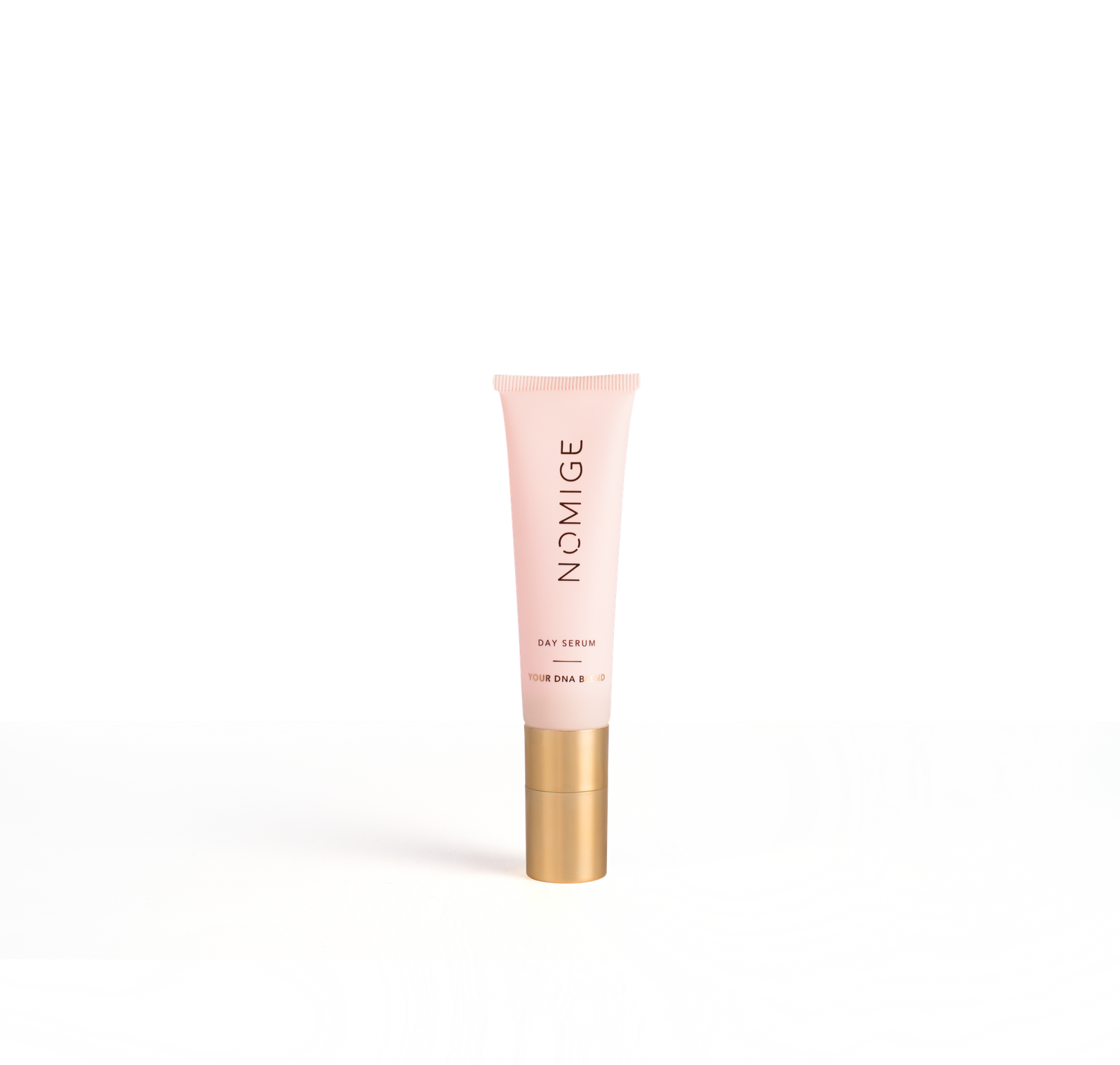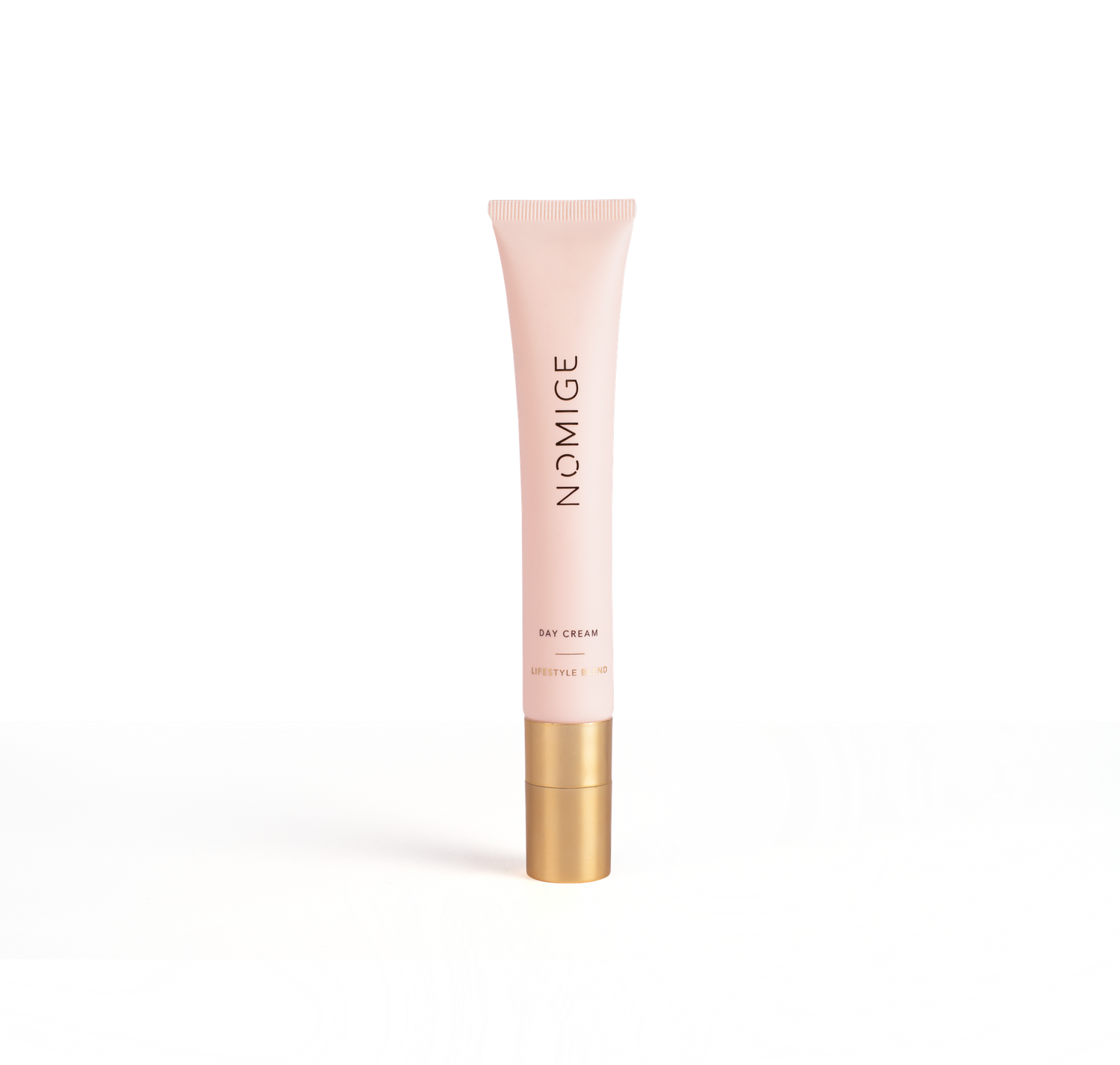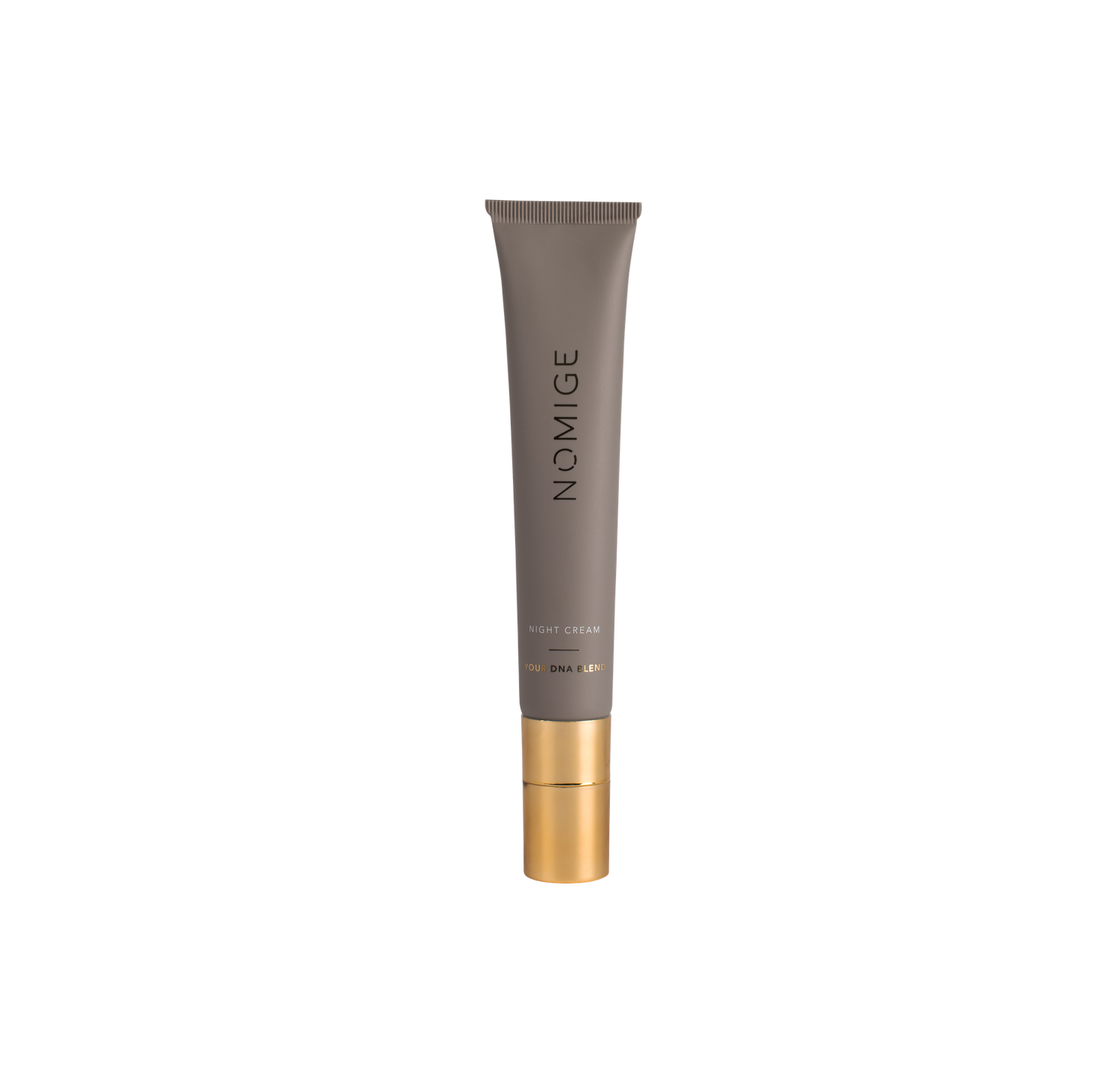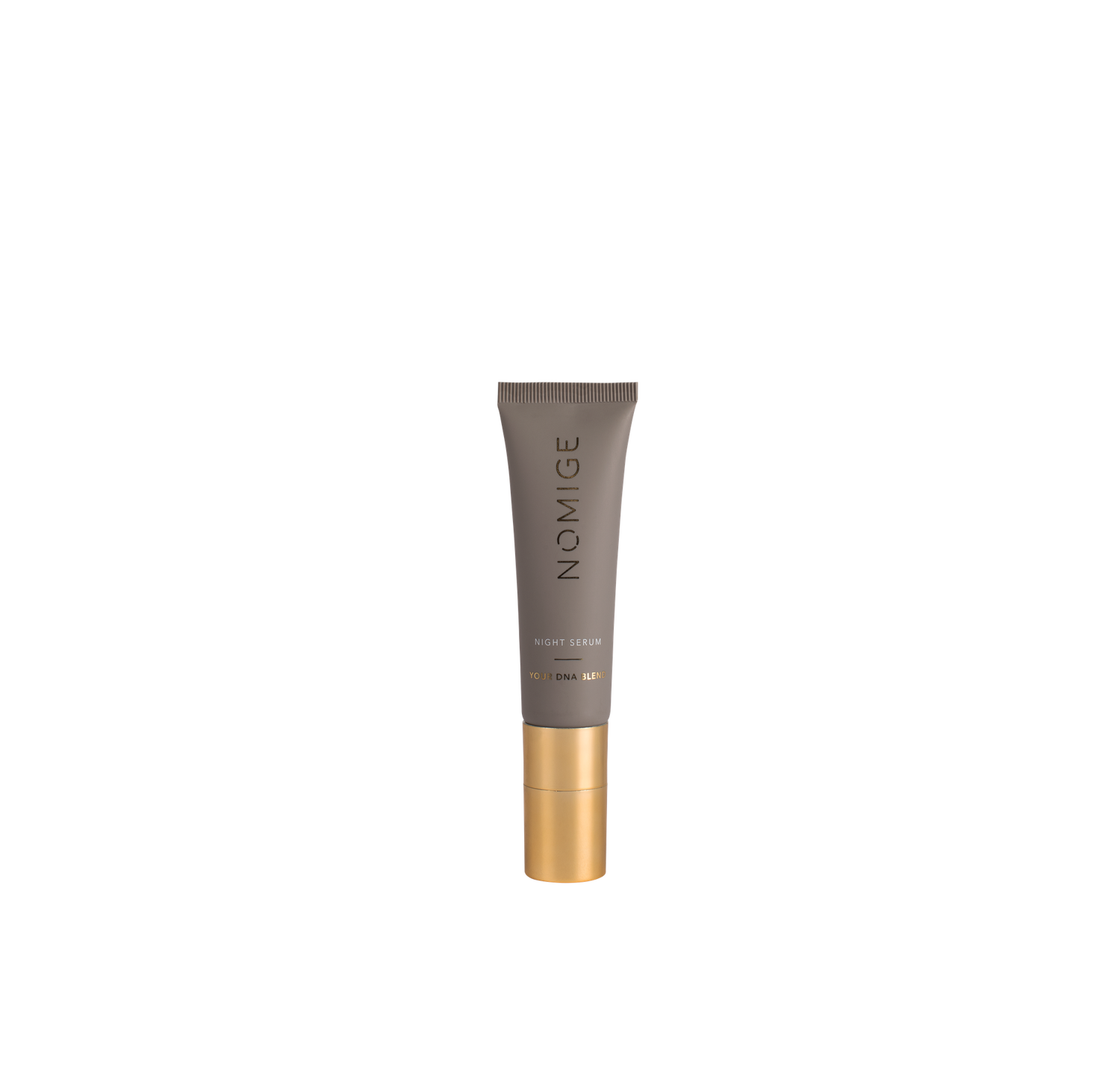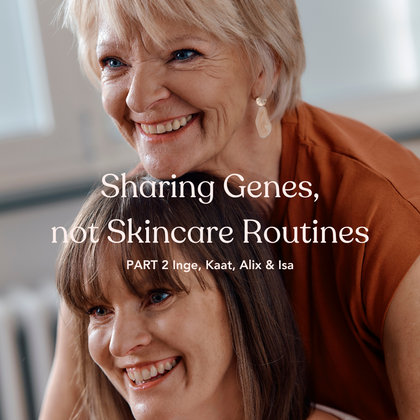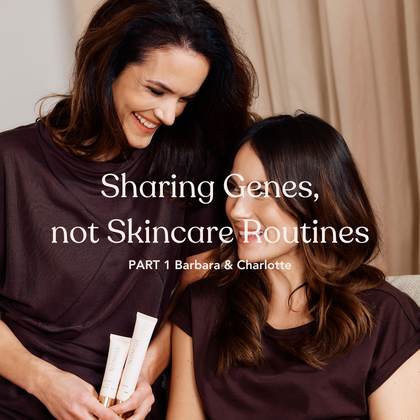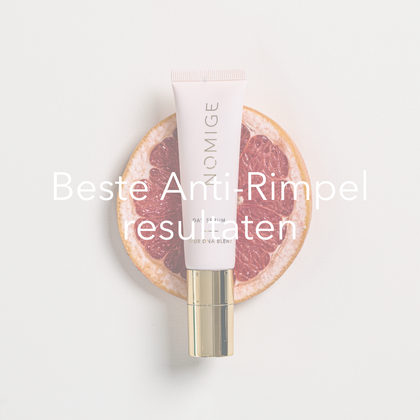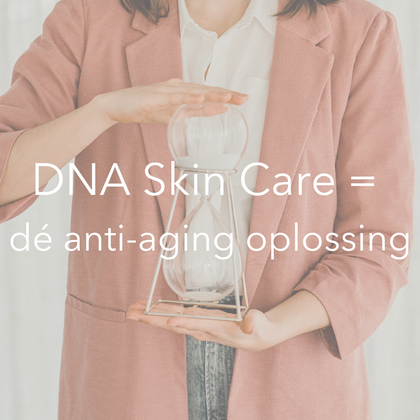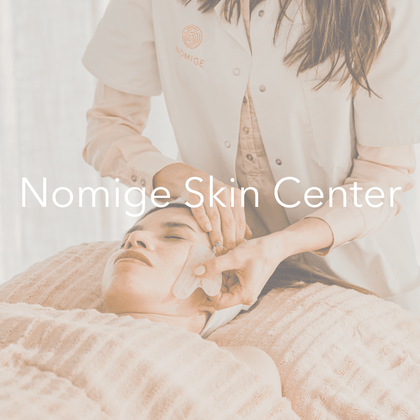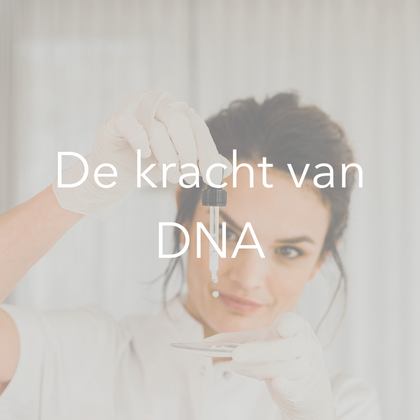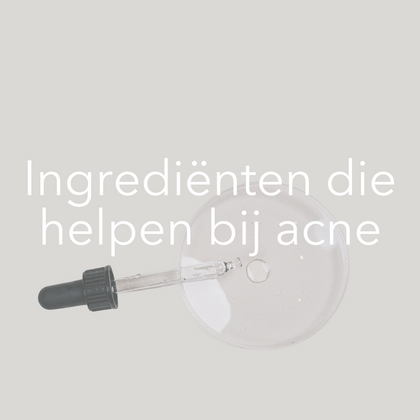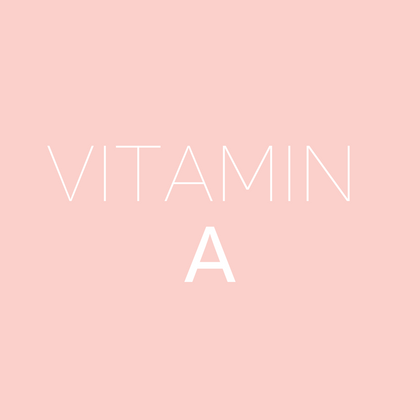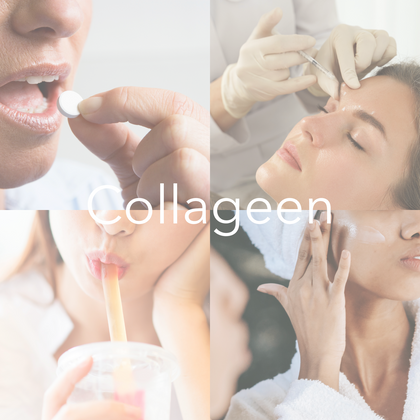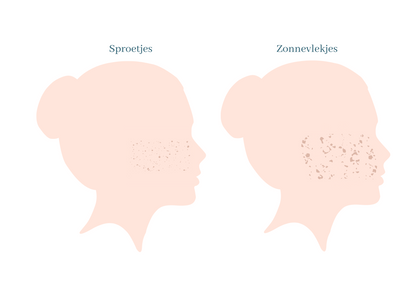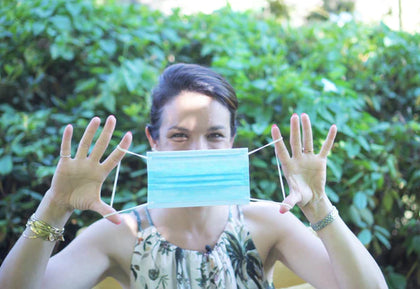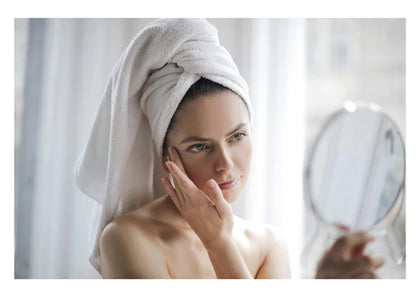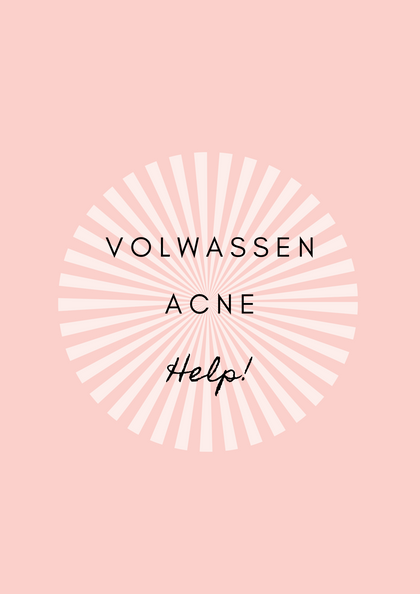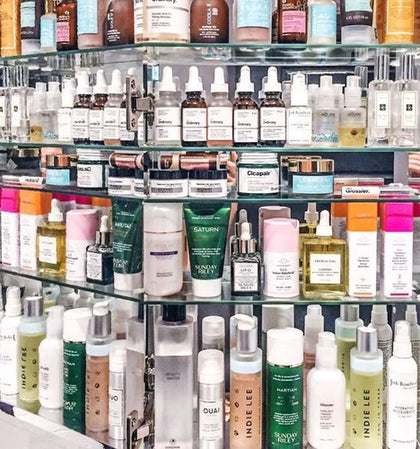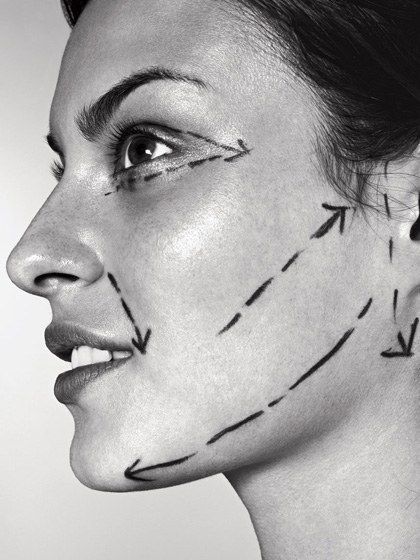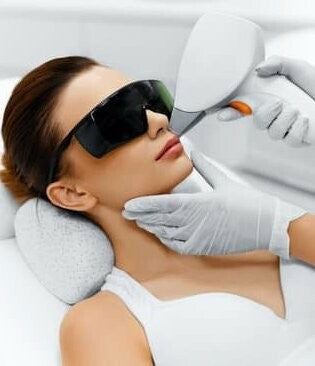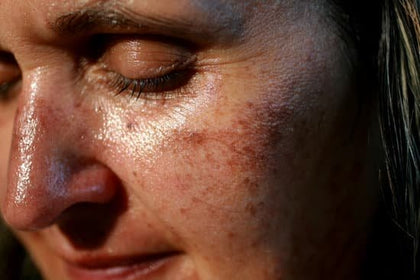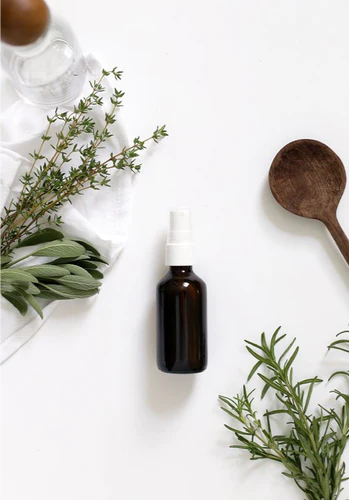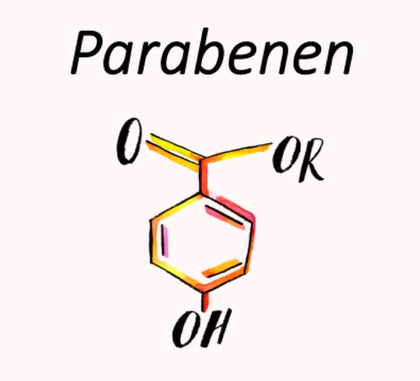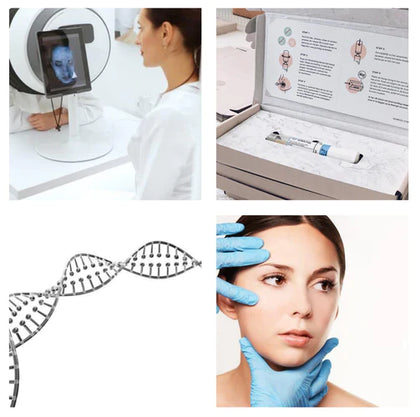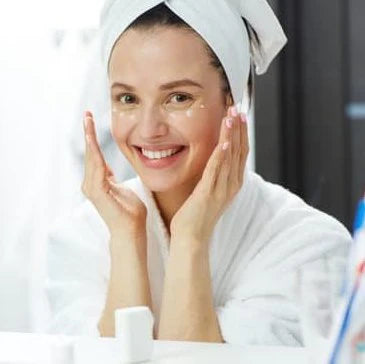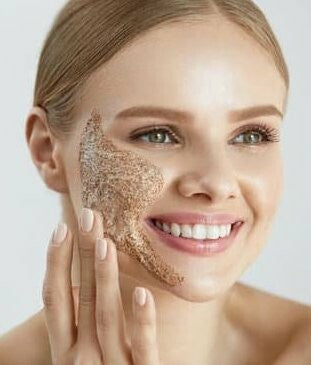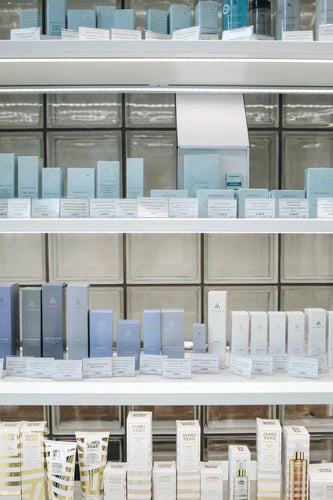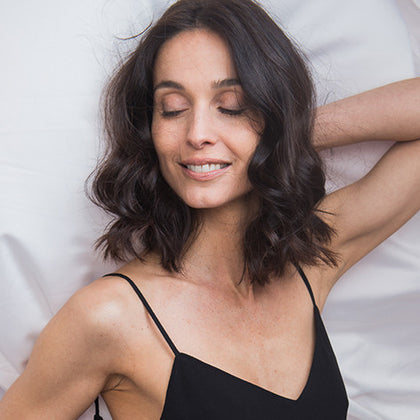Main causes of acne
Hormonal acne, also known as "acne" or "acne vulgaris" is one of the most common skin problems worldwide. This skin condition ranges from small comedones and pimples to severe inflammatory lesions. For most people, acne first appears during puberty. Eighty-five percent of people between the ages of 12 and 24 suffer from acne1. It usually resolves spontaneously around age 25. Still, the condition can be persistent and some people still suffer from it in adulthood. In this blog we take a closer look at the causes of acne and the role of lifestyle factors.
THE FOUR PRIMARY FACTORS
Acne is a multifactorial condition and is influenced by 4 primary factors:

1. Increased sebum production
Sebum is an oily substance secreted by the sebaceous glands in our skin and protects the skin from drying out and external factors. An increased production of this oily substance can clog the pores, causing microcomedones or small pimples. Hormones play a role in the development of acne because they regulate the production of sebum. Increased hormonal activity (mainly male hormones / androgens) can therefore lead to increased sebum production. Your hormone levels can change during certain phases of your life (for example: menstrual cycle, puberty, pregnancy, illness) and as a result, you may experience more acne outbreaks at certain times.
2. Hyperkeratinization
Hyperkeratinization is a second important element in the development of acne. Let's briefly explain this process of 'hyperkeratinization': Our skin renews itself every 28 days. During this renewal process, new skin cells migrate from the bottom to the skin surface. The skin cells undergo a change in shape and composition during their migration to the skin surface. The top cells are called 'corneocytes' and are made up of old, dead skin cells that flake off the skin. This allows new cells to migrate to the surface. So new cells are constantly being created and old cells are constantly flaking off. With hyperkeratinization, there is insufficient exfoliation (exfoliation) of the dead skin cells. The corneocytes stick to the surface of the skin and there is an accumulation of these old skin cells. The combination of hyperkeratinization and increased sebum production leads to pore clogging and the development of primary acne lesions.
3. P. acnes bacteria
These lipid-rich primary acne lesions provide an ideal growth medium for the anaerobic Propionibacterium Acnes bacteria . This bacteria is always present on the skin, but can thrive under certain conditions (ideally a low-oxygen culture medium such as sebum).
4. Inflammation
Due to the presence of large numbers of this type of bacteria, your immune system starts to respond and the production of inflammatory mediators triggers the development of inflammatory lesions. Thus, inflammation results in pimples, papules, painful lesions, which if left untreated can lead to acne scars.
Want to learn more about adult acne? Check out this Skin Tip with Barbara! 👀
Questions about acne?
Discover dr. Barbara Geusens' tips about acne. Don't hesitate to contact us if you have any other questions.
